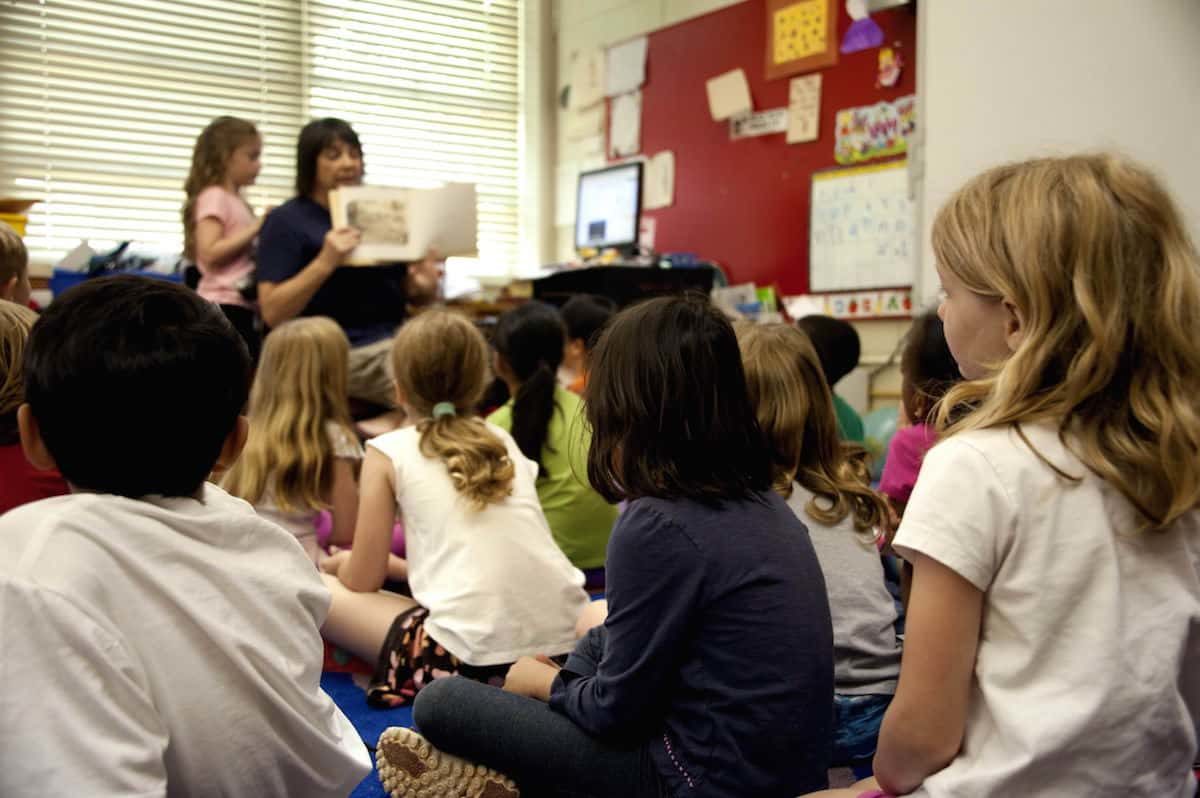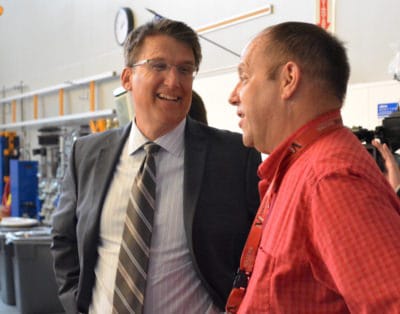

At its annual observance of First Amendment Day, the UNC Center on Media Law and Policy hands out T-shirts to faculty and students. I often exercise in the shirt bearing a quote from President James Buchanan: “I like the noise of democracy.”
Now, 160 years after the election of Buchanan – the ineffective president who preceded Abraham Lincoln – the United States heads into a general election campaign that appears certain to become an uncommonly rowdy and tumultuous exercise in politics. Though thankfully not on the brink of civil war, our nation of polarized politics and of economic inequalities and anxieties faces a defining choice between out-sized personalities: Republican Donald Trump, the inflammatory real estate mogul, and Democrat Hillary Clinton, the first-ever female major-party contender.
For our schools, the 2016 election surely will offer opportunities for teachable moments, as well as it will hand over responsibilities that should not be abdicated. After all, public education, as defined by Thomas Jefferson and pursued through the centuries, has had as a central function the preparation of a citizenry capable of democratic decision-making.
Still, largely because of the crude aggressiveness of Trump, the 2016 campaign places pressures on educators. Teachers appropriately want their classrooms to remain neutral common ground for instilling the values of civil discourse, of research-based debate on issues and of casting a vote.
But, as evidence that 2016 promises to break through old norms, consider what happened on just one day this week. Clinton declared that Trump is “temperamentally unfit to be president and commander in chief.” Trump accused the Clinton family of having “used the politics of personal enrichment into an art form for themselves.” And Republican House Speaker Paul Ryan said that Trump, his own party’s nominee, had delivered a “textbook definition of a racist comment.”
During the primaries, The New York Times reported on how Trump’s name-calling and bullying had led to uncomfortable conversations between children and parents, students and teachers. In April, the Alabama-based Southern Poverty Law Center issued a 20-page paper, based on a collection of teachers’ comments, reporting that the campaign “is producing an alarming level of fear and anxiety among children of color and inflaming racial and ethnic tensions in the classroom.”
For me, how to teach in the context of the developing Trump-Clinton clash is not an abstract or theoretical question. I’m scheduled to teach a seminar, “Democracy in Action,” to first-year students at UNC-Chapel Hill. So, aware that teachers have to adopt age-appropriate methods, I have a few early-summer thoughts:
- It’s better to bring the debate into the classroom than to shut it out. Young people are going to talk in the schoolyard and on the bus, they are going to watch TV and read social media. Especially in middle and high schools, classrooms can serve as spaces for helping them think more deeply about what they hear and say.
- Schools can teach students more about the news media and the First Amendment-protected tradition of robust, even coarse debate. All media have strengths and weaknesses, points of perspective, some more credible than others. Students need teachers to give them guidance in assessing credibility and reliability of sources.
- Teachers can guide students into learning more about Clinton and Trump – to examine their positives and negatives as candidates. It’s also important to avoid false equivalence, or the easy dismissal of an election as a choice of “the lesser of two evils.” Teachers can point students to such sources as Politifact, the Pulitzer-Prize winning organization that checks the veracity of candidate’s statements.
- Through campaigns, Americans not only learn about the candidates for office but also about their country and themselves. Schools can teach students about how segments of citizens array themselves for or against candidates and political parties, based on issues, economics, and personal affinities. In the mid-1960s, the great historian Richard Hofstadter wrote that American political life “has served again and again as an arena for uncommonly angry minds.” Schools can help students learn from history and come to a deeper understanding of racism, xenophobia, and authoritarianism.
- In North Carolina specifically, 2016 also features elections for the U.S. Senate, for governor, for seats in Congress and the General Assembly and for judgeships. This election year is an opportunity to teach about federalism; about checks-and-balances among executive, legislative, and judicial branches; about the issues confronting North Carolina.
- Even amid the noise of democracy – perhaps because the noise may elevate interest in politics – schools can challenge students to ask themselves:
What kind of America do you want to live in?
What do you want in your public leaders?
What do you want our country and our state to become?


